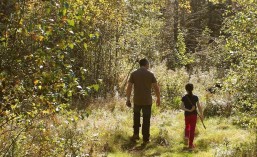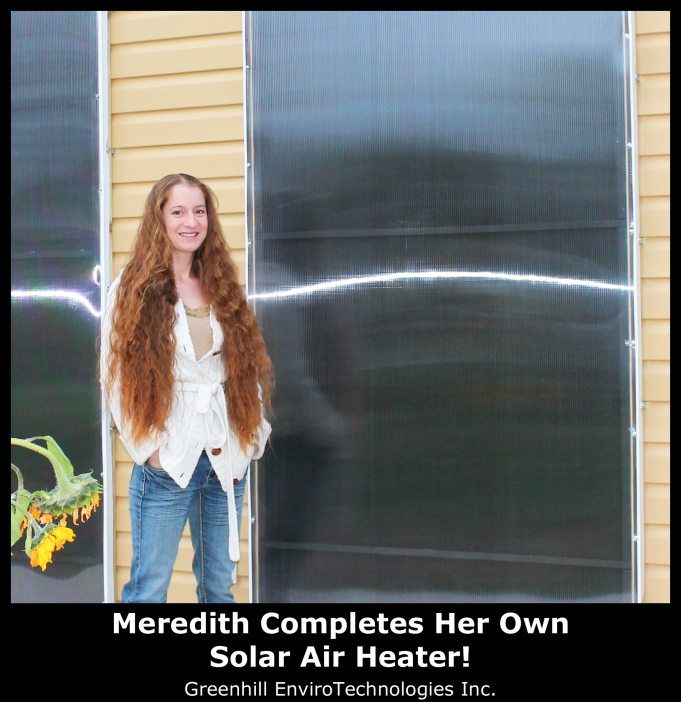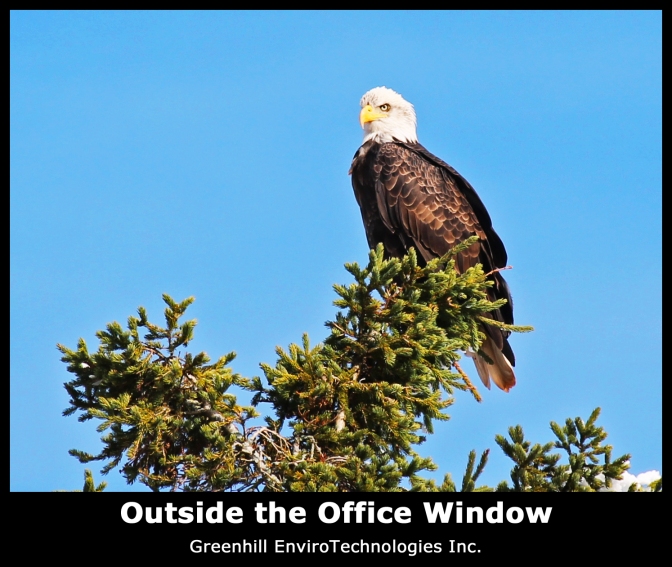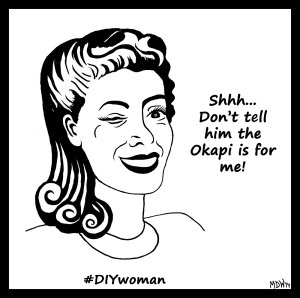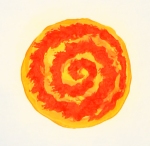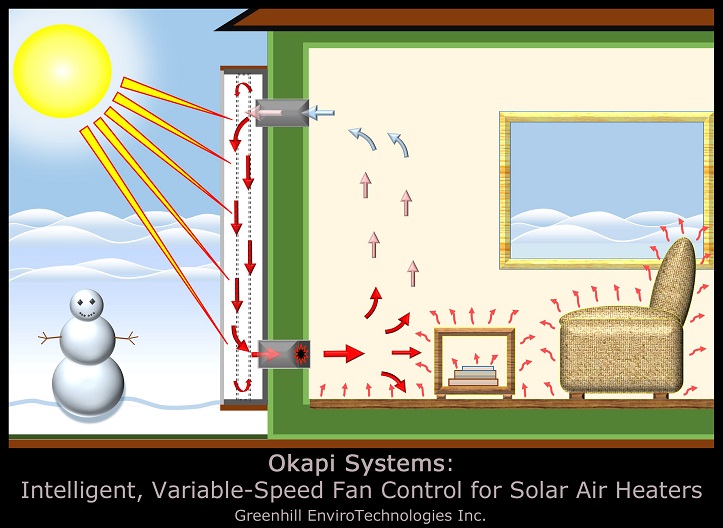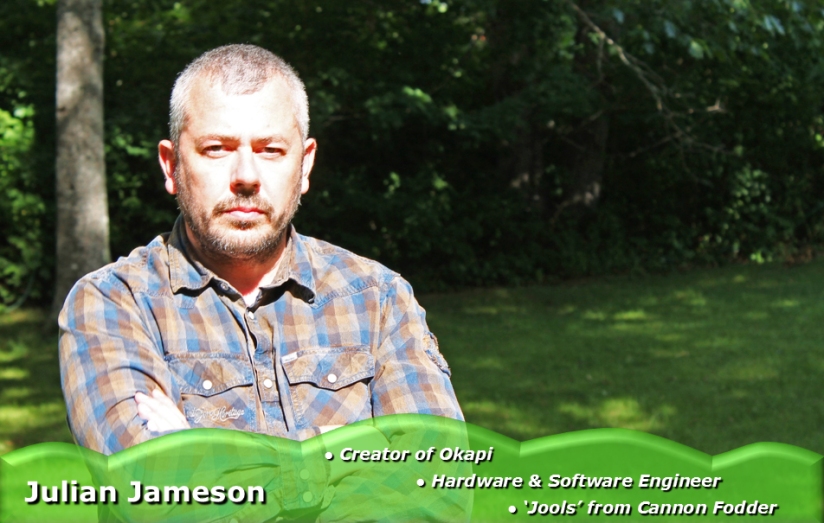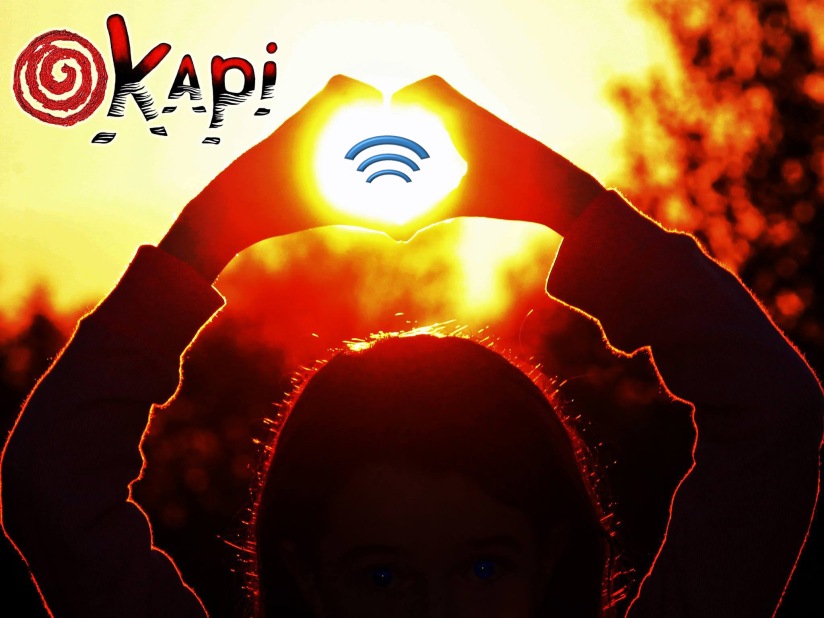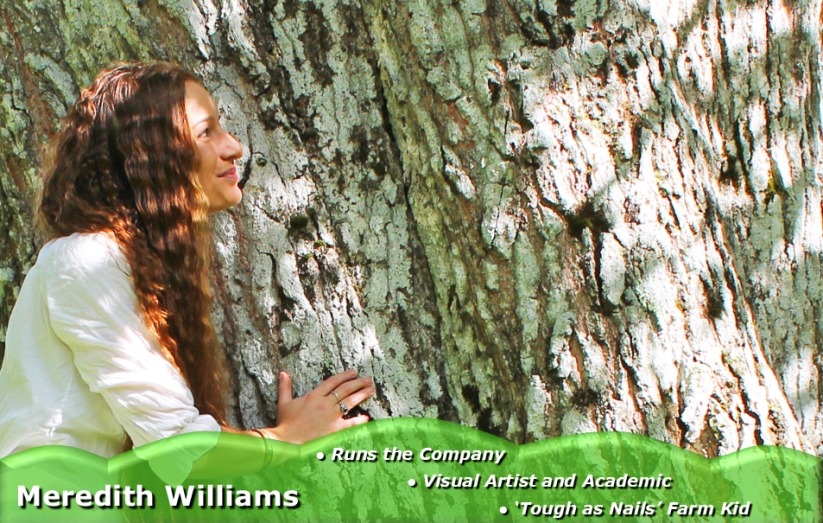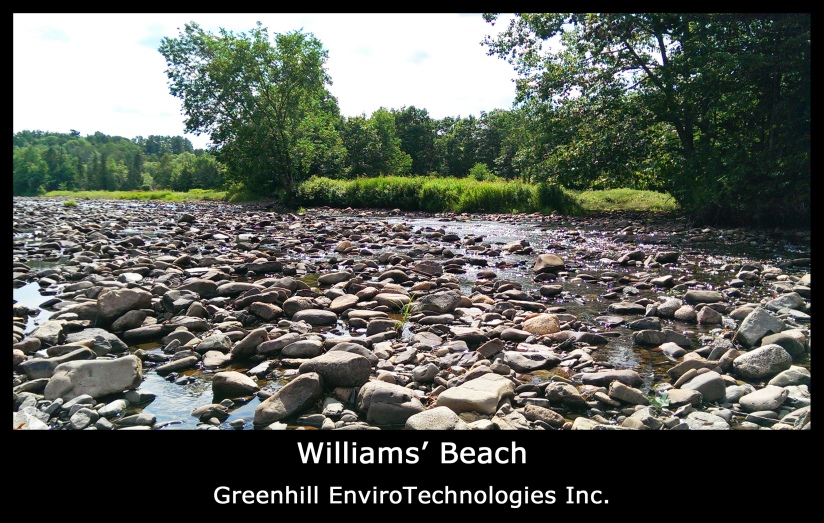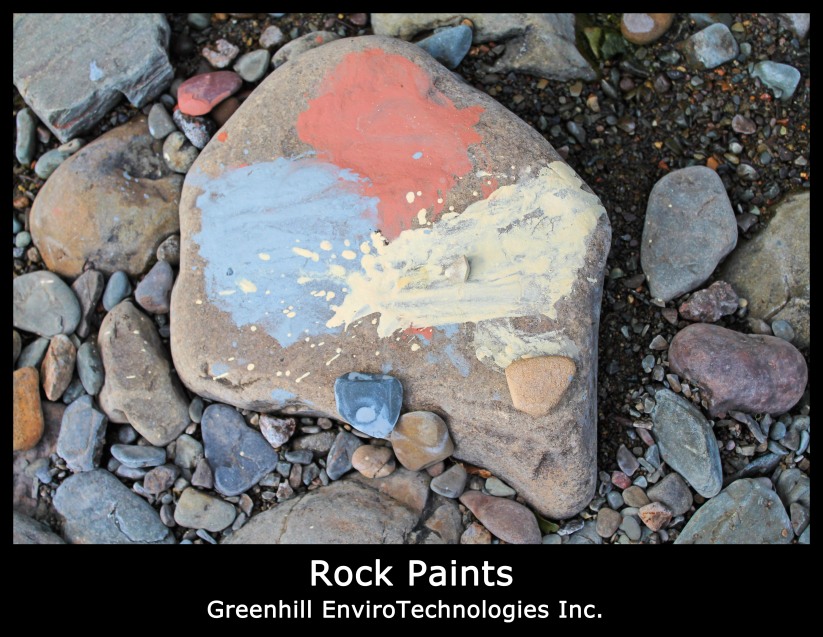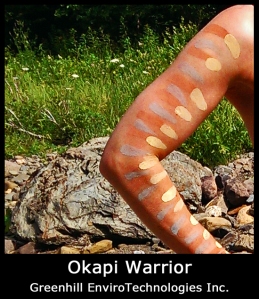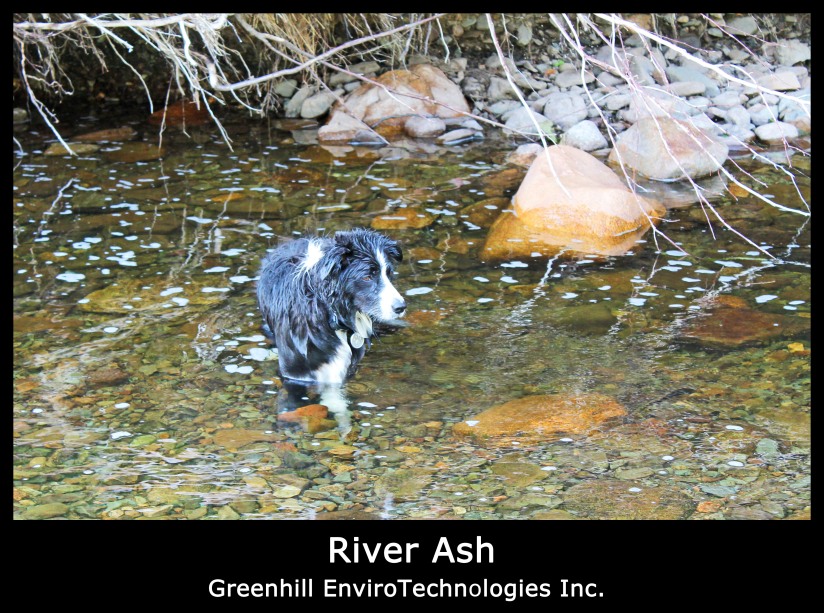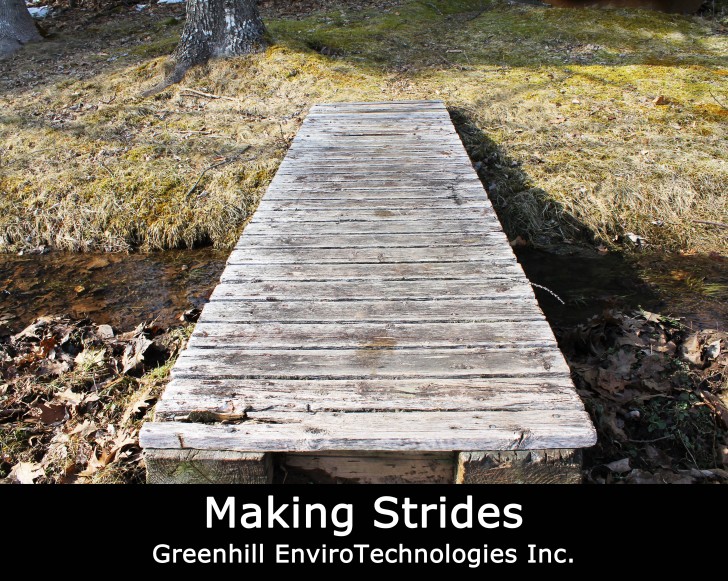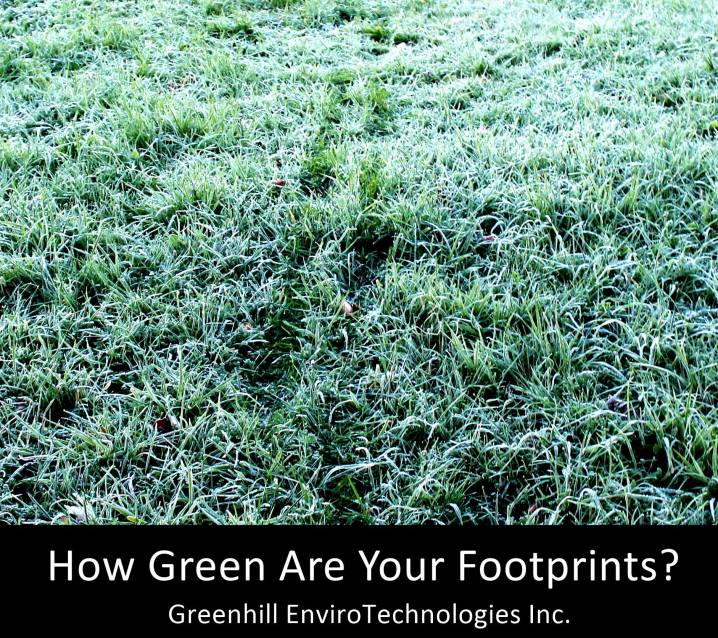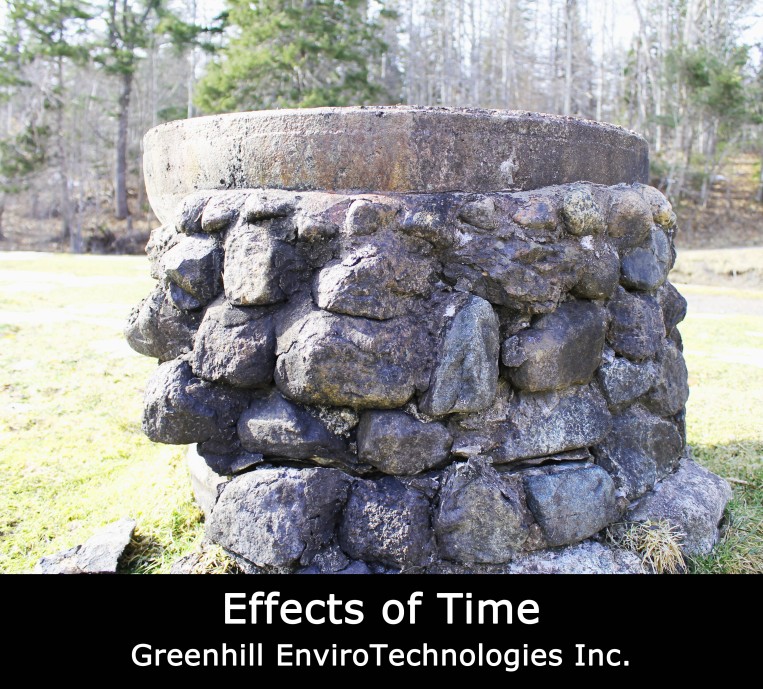“It’s true. The fantastic present and future of solar air heating systems rests on the shoulders of founding fathers like yourself and many other DIY solar enthusiasts, who spent decades diligently and arduously working away: experimenting, bravely designing, building, tearing down and then building again and again… You have made the next generations very proud.” –Meredith Williams
I recently wrote this in a comment thread on a popular solar air heater YouTube video.
And I meant it.
I think there have been too many people who have scoffed at emerging technologies, alternative methods and new ideas for as long as humankind has existed. It takes a steady mind, but also a mind full of fire and spice, to pursue an idea when everyone around them is emitting negative thoughts and comments.
I don’t think we give the founding fathers (and mothers) of solar air heating enough credit. I can truly say that, thanks to them, Greenhill EnviroTechnologies was born.
Without the hundreds of YouTube videos out there, solar forum posts and threads, and the odd article in various publications, each showing his or her version of a solar heating device (mostly “his”, actually: there are only a few females talking about solar air heaters out there and I am one of them,) no progress could ever have been made.
Scientific breakthroughs rarely come from a single spark of insight, solely generated from within one person.
Scientific breakthroughs grow forth from internal ruminations over thousands of observations of the external world.
It takes a community to work together, whether they even realize they are working together at the time, for science to actually advance. Techniques, hypotheses, theories and ideas all need to be tested, retested, tried and trialed by many before they can ever become accepted by the masses as true, reasonable and incredibly useful. It is amazing what can be accomplished when we all blindly work together.
The solar air heating movement had its beginnings over four decades ago, but we all know that we and the rest of the Earth have been soaking up the sun, its heat and energy since the beginnings of time. So, really, it’s nothing new.
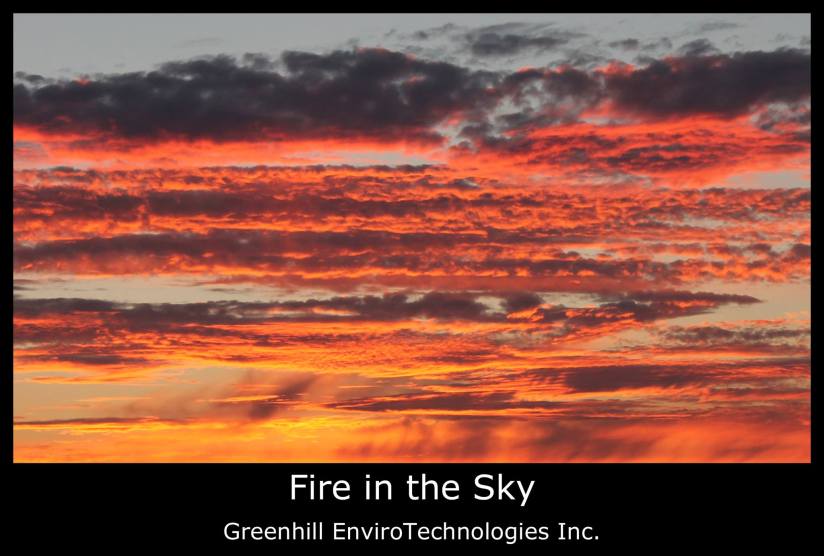
It shouldn’t be too shocking to learn that you can heat your home on frigid, sunny days just by using the power of the sun and some awesome technology.
Thank goodness for communities, both in the real world and now in the virtual world of the internet. It has allowed for tremendously widespread collaboration of ideas and support.
Most importantly, thank goodness for the support!
When you are one person in a small community trying to do something innovative, combating the naysayers, closed-minded neighbors, name-calling and teasing, can be quite overwhelming. I am certain, that “lack of support” has killed many revolutionary ideas, over and over again, throughout history.
It takes a brave soul to move forward in fantastic new ways whilst being weighed down by skeptics and minds fearful of change.
I am extremely grateful I worked hard to adopt an open-mind and fearlessness in the early days of Julian’s research into solar air heaters.
“Sure,” I thought, “building one for yourself is fine. It’s a cute hobby!”
I’ll admit I had many thoughts over the past few years that it should not be anything more than a hobby. I’ll admit I had thoughts of:
“What is this guy doing spending all his time working on these crazy solar heaters, circuit-boards, fans, programming and mad-scientist contraptions?”
“Why can’t he just go out and get a normal job like everyone else?!”

Julian Jameson, creator of Okapi Systems. Software & Hardware Engineer, Mad Scientist, Brave, Innovative Soul. CEO of Greenhill EnviroTechnologies Inc.
Julian is now working on finishing up the Android Mobile Okapi App.
Yes, the MS Windows version of the Okapi Viewer App is completed and already available, and so is the Solar Heater Output Calculator App! And they are awesome!
And soon, solar heat farmers will be able to walk around holding their touch-screen devices and assessing their solar heat harvests! They can and will assess from looking at the instant data on their screen how much they are harvesting, how efficient their solar heat harvesters are, how much they are not only helping themselves, but also helping others.
Eventually, this readily available, scientific tech-assessment tool will lead to more efficient solar air heaters, greater yields and many more solar heat harvesters being built and installed all around the chilly world.
This whole experience reminded me of my background, my upbringing, my own parents. They were private-school and Ivy-league University-educated, free-thinkers from the USA. They came from families with doctors, lawyers, teachers and business-owners. Then, they decided they wanted to “live off the land” and have a farm, in Nova Scotia, Canada.
Oh, the naysaying was tremendous! The condemnation was horrific! The skeptics and critics were relentless!
“How can you waste your education and become a lowly farmer? You could have an amazing job in the city, you could teach, you could be a lawyer, you could be a doctor, you could work on Wall Street!”
“What kind of terrible childhood are you going to be giving to your kids? You are crazy!”
And…
“Who do you think you are, you damn Yankees! You dirty Americans! You come here with your fancy degrees and decide you can farm our land!”
“You do not belong here!”
But I had special parents. They stood up tall and proclaimed:
“In fact, to farm, it takes a tremendous breadth of knowledge and no farmer should ever be considered ‘lowly’!”
They went back to the land and thank goodness they did! My childhood rocked! I learned and practised animal husbandry from the beginning. I knew general anatomy (inside and out) of cows, cats and chickens, how the internal organs looked and worked, how reproduction occurred, all by the time I started school. I could rope and catch a calf solo and fend off the charging mother cow by the time I hit double digits. I learned to count as a toddler by bringing in pieces of wood, one at a time, to feed the fire that kept our farmhouse warm and cosy.
Most importantly, I learned that being different, being of American background (even though I was born in Canada,) a weird foreigner among others in our Canadian community who had been here for many generations, was not easy. In fact, I grew up surrounded by naysaying, teasing, rejection and relentless skepticism. It only taught me to work harder, to pursue my own ideas and thoughts, to carve my own paths. It taught me to persevere while swimming through a murky sea of shunning, judgement, negativity and pain.
When anyone manages to swim through such a treacherous sea in life, it often can lead to an existence of immense fulfillment.
Now, all those lessons learned from my parents, learned through my tough, hardworking farmkid childhood, my teenage years of extreme academia and sports and a young adulthood full of medical struggles, pain and suffering, have been very useful! They gave me the courage to support and work with Julian as he developed these innovative fan control systems. These lessons-learned gave me the strength to create our clean-tech start-up for a niche, but growing market, from scratch. These lessons-learned have led to a great first year of gaining internet awareness, customer confidence and contacts around the globe, all interested in the present and future technologies of solar air heating.
It has been trying, sometimes terrifying, but very worth it.
We really have a business, now: a fledgling about to soar!
And I am feeling very tired after another full day’s work. Yet, it is all worth it. It makes me feel rooted to our soil, connected to my ancestors: I am giving honor to them by trying and working my hardest towards something good for humanity. I also feel connected to the future: I will be leaving behind something of value.
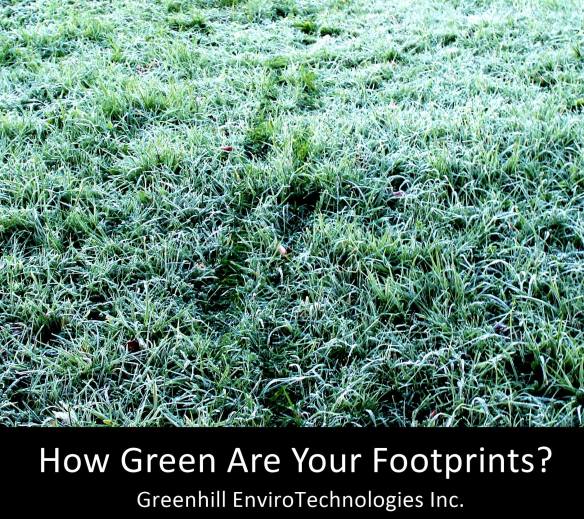
I am giving back to the community every day and my existence finally feels justified.
Farming can come in many forms, and I feel I have grown up to carry on the family farm, in essence. I bring in a huge solar heat harvest on every cold, sunny day; and I work directly with other farmers, to encourage, help and support them in bringing in their harvests, too.
Solar heat farming is a nice occupation: bright, cheery, warming and never-ending.
I am very proud to call myself a farmer.
